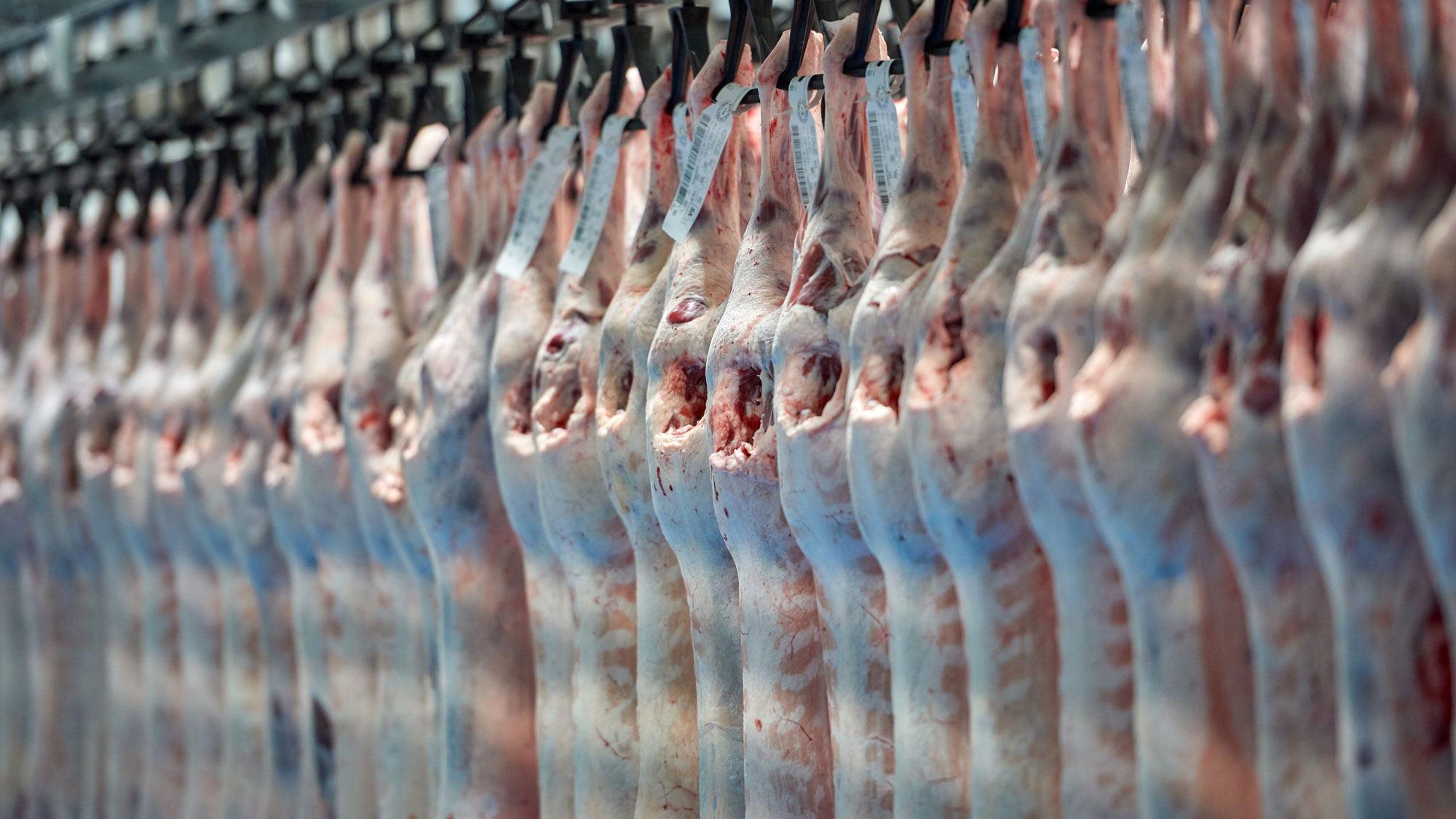Chapter 3.3 Decide on the most profitable selling method
Chapter 3.3 Decide on the most profitable selling method
Background information
Sheep producers use a range of methods to sell sheep and lambs. These include:
- Auction sales: stock are sold by open cry auction on either a dollars per head basis or, if stock are weighed, on a cents/kg liveweight basis, often through saleyards. Ownership is transferred at point of sale.
- Paddock sales: buyers inspect stock on-property with price negotiated on a dollars per head basis and ownership transferred at the farm gate.
- Over the hooks (OTH): price is negotiated on a cents/kg hot standard carcase weight (HSCW) basis with ownership usually transferred at the point of slaughter.
- Forward price contracts: can be either liveweight or carcase weight.
- Electronic: online, web-based “sale by description” for livestock, such as AuctionsPlus.
- New selling options: A payment system based on lean meat yield is available in some processing plants, rewarding producers who carefully manage stock for optimum weight, muscle and fatness of their slaughter lambs.
Tool 3.7 provides a more detailed description of the selling options for sheep and lambs.
At a glance
- Evaluate selling options early and reassess if conditions change.
- Assess the liveweight, carcase weight and fat score specifications of potential markets.
- Choose the most profitable selling method to manage risk of lower-than-budget prices.
- Develop alliances along the entire lamb and sheepmeat supply chain.
When determining the best method of selling sheep and lambs, it is essential to:
- Decide on the target market(s) at ram selection. Base selections on the genetic potential of your dam/sire mix and on the capability of pastures or intended feeding system to produce to specifications. For more information see chapter 9.2 in MMFS Module 9 Boost Business with Breeding.
- Assess market options at lamb marking (6-8 weeks). Weigh a 20% sample to assess liveweight, plan growth rate using tool 3.1 and estimate the sale date for a range of growth rates.
- If lambs need supplementary feeding to achieve target growth rates and market specifications, imprint feed them to train them to accept offered feed whilst they are still with their mothers. For more information see chapter 11.1 in MMFS Module 11 Healthy and Contented Sheep.
- Assess the benefits of weaning at 14 weeks of age and growing-on compared with selling the lambs straight off their mothers.
- At weaning and/or 4-6 weeks post weaning weigh 20%+ of the lambs to reassess/confirm market options. Segregate post weaning into at least two liveweight groups to better achieve planned growth rates.
- Consider the economics of including a finishing phase using fodder crops, supplementary or lot feeding (chapter 3.1). When pasture forage is the preferred system, consider targeting the lightweight domestic or the feeder lamb market.
- Determine the specifications of the lambs for sale by weighing and fat score assessment and calculate the carcase weight (figure 3.3 in chapter 3.2).
- Use market research and advice to assess the value of lambs and compare selling methods to select the best option for each consignment of sheep you want to sell.
- Form close relationships along the sheep and lamb supply chain to encourage feedback on each sale lot so you can improve the efficiency of your production system and meet market specifications.
SIGNPOSTS
Read
There are a number of livestock selling options available to sheep producers. Regularly evaluate market opportunities depending on feed supply, financial circumstances and changes in market price.
ALMA is the peak body for the saleyard industry and holds a list of member saleyards.
ATTEND
Developed for sheep producers to learn more about the supply chain and how to manage on-farm practices to lift compliance rates with processor requirements for yield and eating quality.






